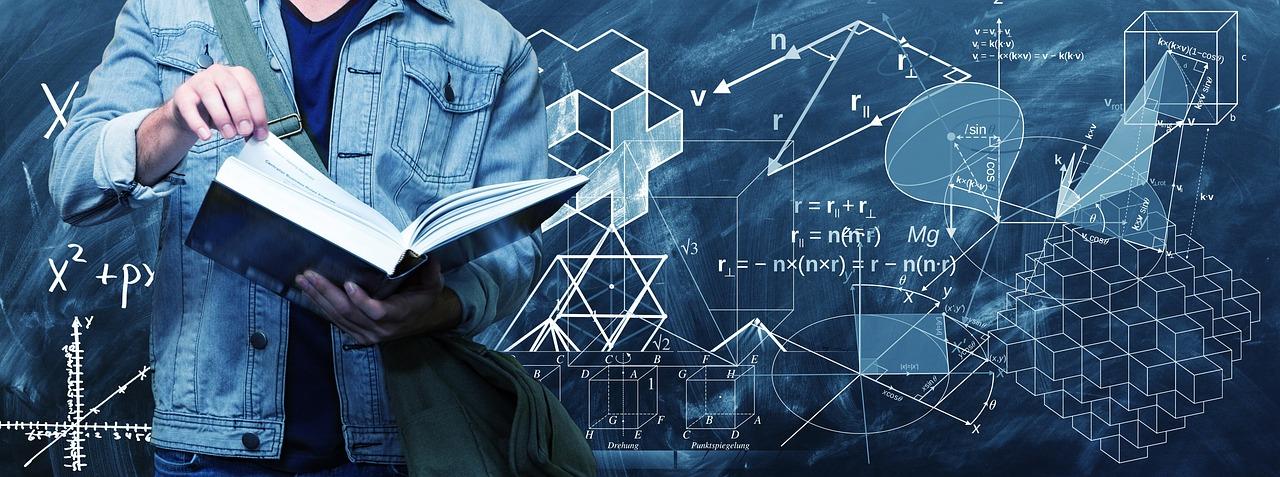
Angles in Navigation
by Karen Larsen
This lesson is an activity to see what an angle is and how is can be used to approximate the time of day or even navigating vessels by measuring other celestial bodies. Students will use sextants to measure the angle of the sun and approximate the time of day by drawing triangles on a graphs using the horizon as the x axis.
Lesson Plan Link/URL
https://docs.google.com/presentation/d/1P5NsXkisqJ6zcbCfOrudtRaodGG7COXQ/edit?u…Subject Area
Science Physical Science P2: Objects at a Distance Earth and Space Science E2: Earth & the Universe Technology 1. Empowered Learner 5. Computational Thinker Mathematics Measurement and Data (MD) Geometry (G) Ratio and Proportion (RP) Algebra (A) Reasoning with Functions and Relations (RFR)Related Content

Grades:
9th Grade, 10th Grade, 11th Grade, 12th Grade
This STEM Argumentative Research Project engages students in exploring the scientific, ethical, and societal implications of themes in Mary Shelley's "Frankenstein." Students will work in groups to

Grades:
7th Grade, 8th Grade, 9th Grade, 10th Grade, 11th Grade, 12th Grade
Teachers will be introduced to the VEX V5 Robotic Platform. We will start with an Introduction to robotics and how robotics is used in industry. Students will understand the key resources they will be

Grades:
9th Grade, 10th Grade, 11th Grade, 12th Grade
An investigation into the function and uses of solar panels in agriculture - Agrivoltaics. Exploring how to get the most efficient use of your solar panels for your gardens.

